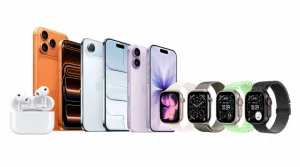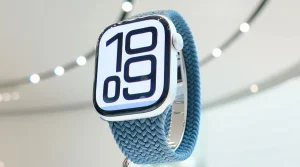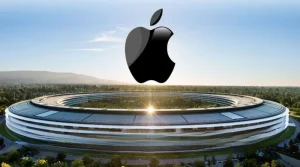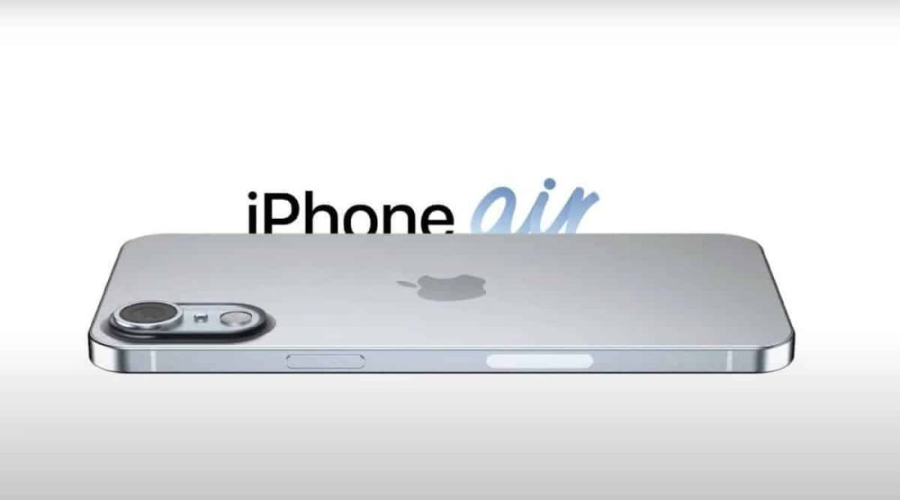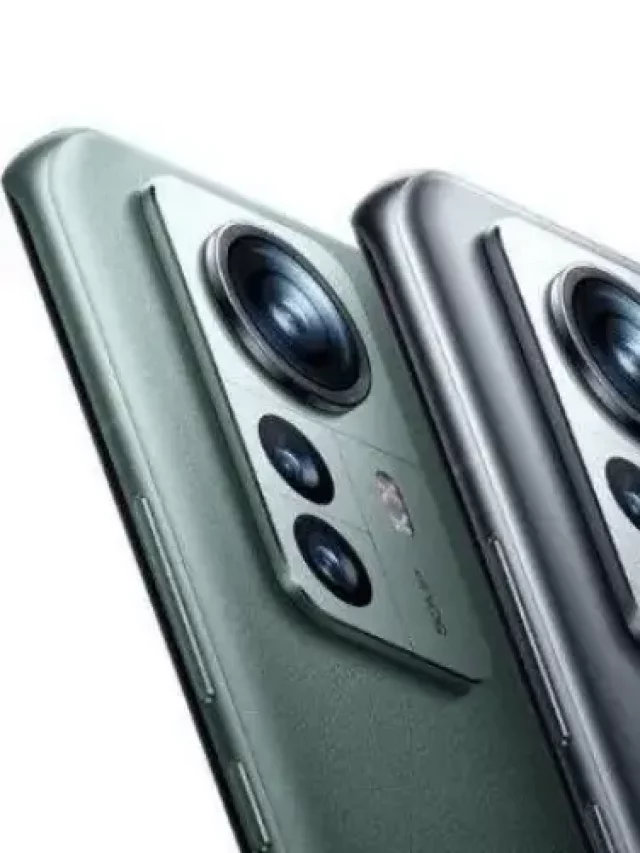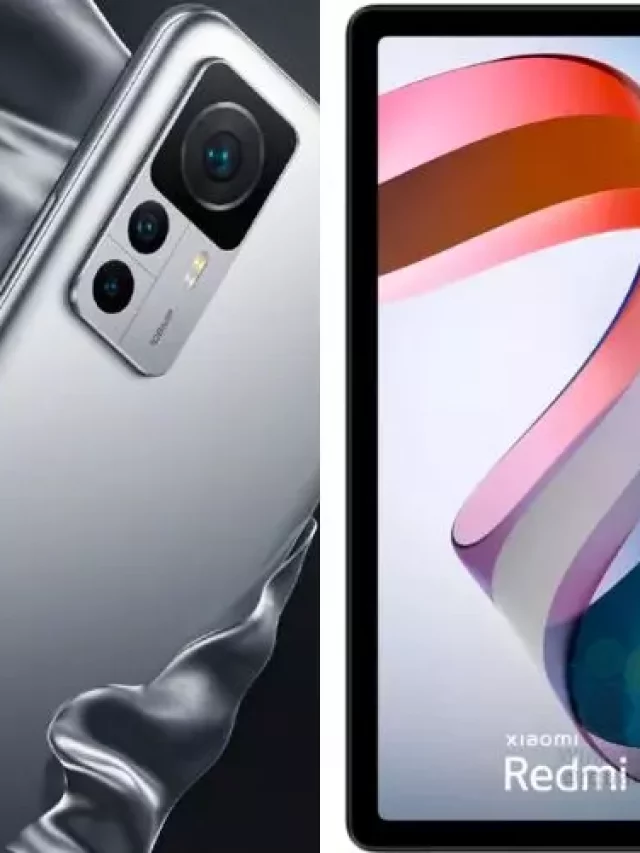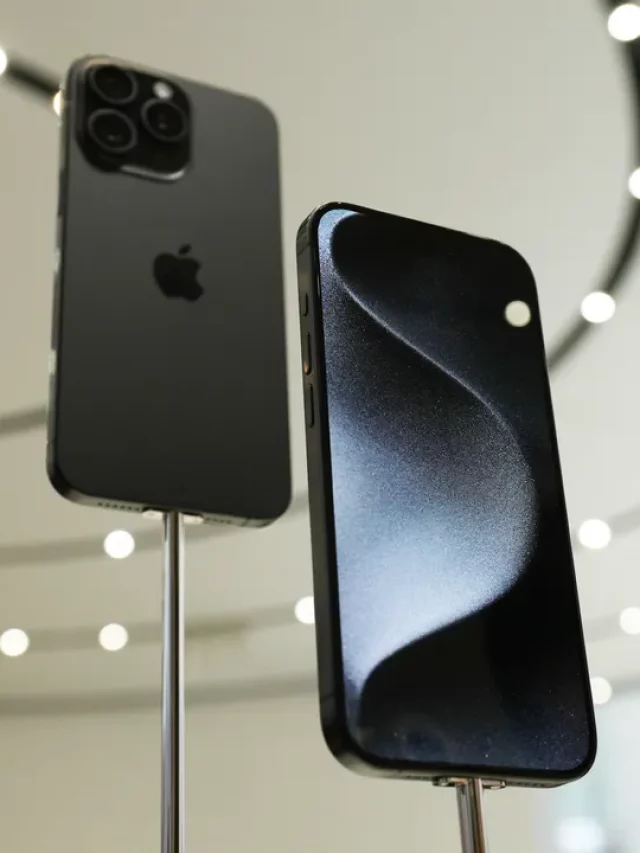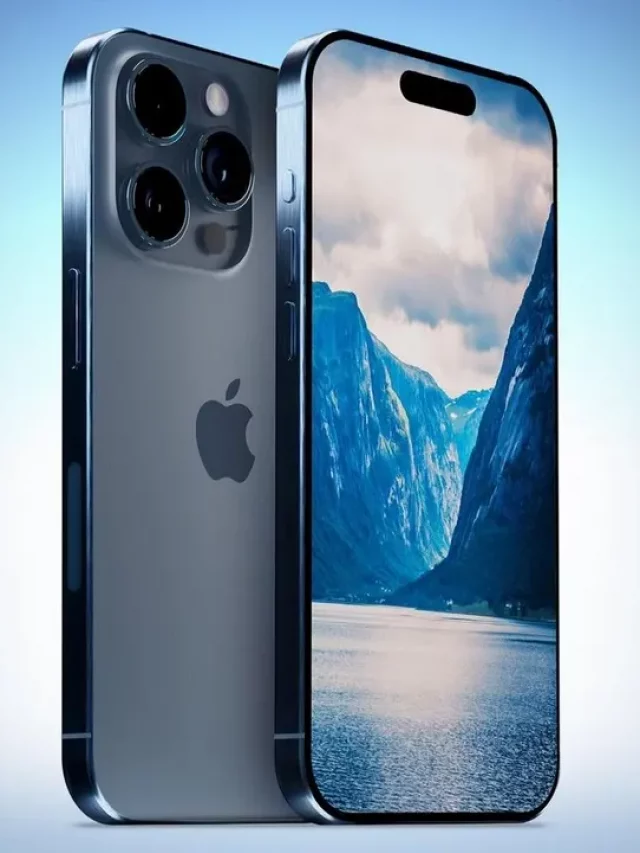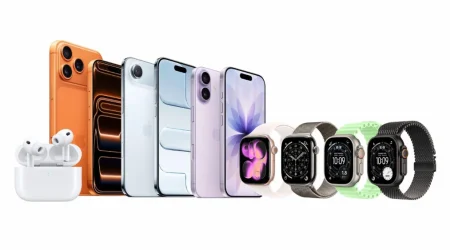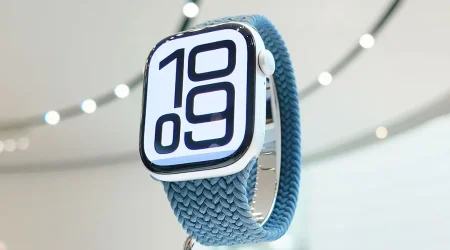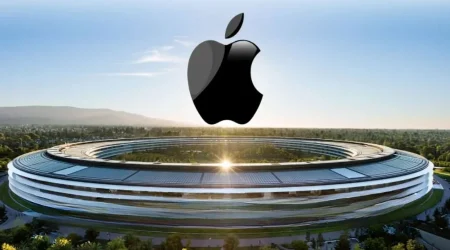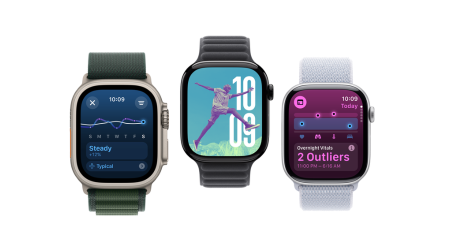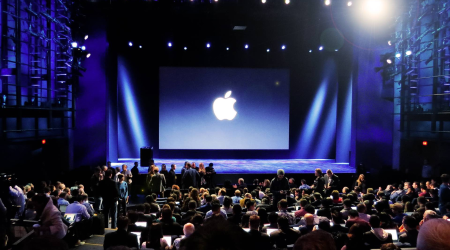Ultra-Thin iPhone 17 Air, set to launch in September 2025, represents a bold leap in Apple’s smartphone lineup, introducing an ultra-thin design that redefines portability and style. Expected to debut alongside the iPhone 17, iPhone 17 Pro, and iPhone 17 Pro Max at Apple’s annual fall event, this model replaces the iPhone 16 Plus with a chassis as thin as 5.5mm, a 6.6-inch display, and advanced features like an Apple-designed 5G modem. As Birmingham Tech Week 2025 (October 20-24) showcases mobile innovation, the iPhone 17 Air stands out for its sleek form factor and premium capabilities. This blog explores the iPhone 17 Air’s anticipated features, its role in Apple’s ecosystem, and how it compares to its predecessor, the iPhone 16 Plus, drawing on the latest rumors and insights.
A New Era of Design
Since the iPhone X’s edge-to-edge display in 2017, Apple has pushed design boundaries, but the Ultra-Thin iPhone 17 Air marks the most significant form factor change in years. Replacing the iPhone 16 Plus, which struggled with popularity due to its similarity to Pro models, the Air introduces a super-slim profile, rumored to be 5.5mm at its thinnest point, making it the thinnest iPhone ever, surpassing the iPhone 6’s 6.9mm. Launched on September 9, 2025, at Apple’s Cupertino event, the iPhone 17 Air aligns with the MacBook Air and iPad Air branding, emphasizing portability without sacrificing performance. With the global smartphone market projected to stabilize in 2025, the Air aims to capture style-conscious consumers, as highlighted at Birmingham Tech Week.
Advanced Features and Design
The iPhone 17 Air boasts a 6.6-inch Super Retina XDR OLED display with a 120Hz ProMotion refresh rate, a first for non-Pro iPhones, offering smoother scrolling than the iPhone 16 Plus’s 60Hz. The display, using Samsung’s M14 OLED panel, delivers up to 30% brighter visuals and slimmer bezels. The chassis, likely titanium-aluminum for strength, excludes a physical SIM tray, relying entirely on eSIM for a sleeker design, though this may pose challenges in regions like China.
Powered by the A19 chip with 8GB of RAM, the iPhone 17 Air supports Apple Intelligence features like enhanced Siri and Visual Intelligence but uses a less powerful GPU than the A19 Pro in higher-end models. The device runs iOS 26, introducing a Liquid Glass UI, Call Screening, and Live Translate for seamless communication. A single 48MP rear camera, housed in a centered camera bar, prioritizes computational photography over the dual-camera setup of the iPhone 16 Plus, while a 24MP front-facing camera doubles the resolution for sharper selfies.
Connectivity and Battery Life
The iPhone 17 Air introduces Apple’s first custom C1 5G modem, smaller and more power-efficient than Qualcomm modems, though limited to sub-6GHz speeds (up to 4Gb/s), lacking mmWave support. A custom Wi-Fi 7 chip supports 2.4GHz, 5GHz, and 6GHz bands for faster connectivity. Bluetooth 5.3 ensures stable pairing with accessories. The battery, rumored at 2,800-2,900 mAh, is smaller than the iPhone 16 Plus’s 4,006 mAh due to the thin design, but iOS 26’s Adaptive Power feature and silicon-carbon battery technology aim to maintain 12-14 hours of usage. The device supports 25W wired and 15W wireless charging via Qi 2.2.
Comparison with Previous Model
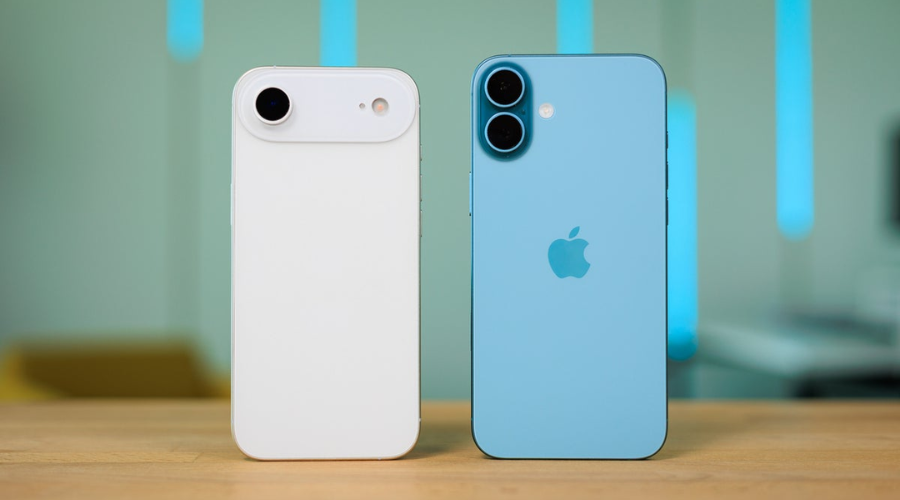
| Feature | iPhone 17 Air (2025) | iPhone 16 Plus (2024) |
| Display | 6.6-inch OLED, 120Hz ProMotion, M14 panel, slimmer bezels | 6.7-inch OLED, 60Hz, standard panel |
| Processor | A19 chip, 3nm, 8GB RAM | A18 chip, 3nm, 8GB RAM |
| Rear Camera | Single 48MP main, centered camera bar | Dual 48MP (main + ultra-wide), pill-shaped bump |
| Front Camera | 24MP TrueDepth | 12MP TrueDepth |
| Battery Life | ~12-14 hours, 2,800-2,900 mAh, Adaptive Power | ~15 hours, 4,006 mAh |
| Design | 5.5mm thick, titanium-aluminum, no SIM tray, light blue/black/silver/light gold | 7.8mm thick, aluminum, physical SIM tray, five colors |
| Connectivity | Apple C1 5G modem, Wi-Fi 7, Bluetooth 5.3 | Qualcomm 5G modem, Wi-Fi 7, Bluetooth 5.3 |
| Software | iOS 26, Liquid Glass UI, Call Screening, Live Translate | iOS 18, standard UI |
| Price | $899-$949 (expected) | $899 |
The iPhone 17 Air offers a slimmer design, 120Hz display, and custom 5G modem but sacrifices a dual-camera system and battery capacity compared to the iPhone 16 Plus.
Read More :- Explore The Range Of The Best Colour Laser Printers For Home Use And Offices
Pricing and Availability
The iPhone 17 Air is expected to start at $899-$949, aligning with the iPhone 16 Plus’s price, though tariffs could push it higher. Pre-orders are likely to begin on September 12, 2025, with availability on September 19, following Apple’s standard timeline. Check for details, as supply chain dynamics may affect pricing or availability, especially in regions reliant on physical SIMs.
Why the iPhone 17 Air Matters
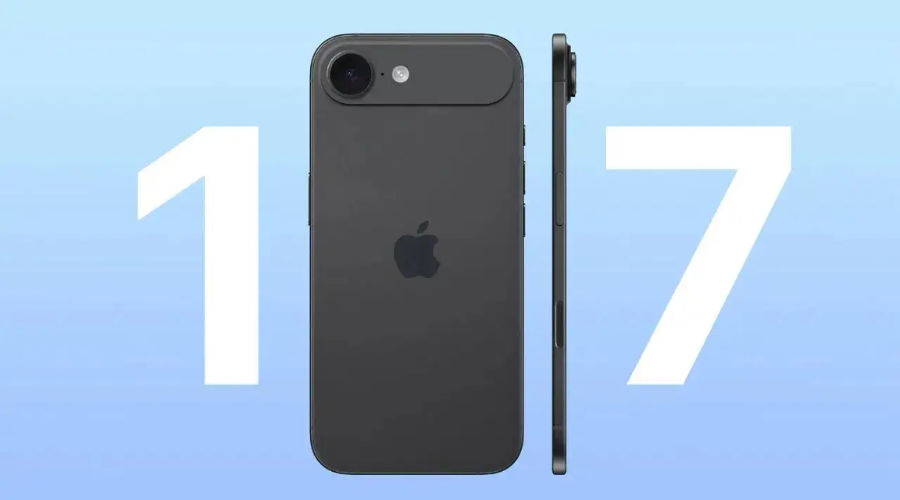
The iPhone 17 Air redefines Apple’s mid-tier offering by prioritizing portability and style, appealing to users who value a lightweight, premium device over the camera versatility of Pro models. Its 120Hz display and custom modem bring Pro-level features to a broader audience, while the sleek design sets a new standard for competitors like the Samsung Galaxy S25 Edge. At Birmingham Tech Week 2025, the Air will be a focal point for discussions on mobile design, showcasing Apple’s ability to balance form and function. Enhanced anti-stalking measures in the Find My app and MagSafe compatibility further enhance its practicality.
The Air’s trade-offs, like a smaller battery and single camera, reflect Apple’s focus on thinness, potentially paving the way for foldable iPhones by 2026. Its vibrant colors—light blue, light gold, black, and silver—cater to style-conscious consumers, while iOS 26’s AI-driven features ensure a future-proof experience.
Tips for Maximizing Your Experience
Pair the iPhone 17 Air with AirPods Pro 3 or an Apple Watch for full ecosystem integration. Use the Camera Control key for quick photo adjustments and explore iOS 26’s Smart Stack for app access. Consider a battery case to offset the smaller capacity for heavy use. Trade in older devices to reduce costs, especially from iPhone 14 or earlier. Engage with #iPhone17Air on social media for tips and use a dedicated email for purchase confirmations to avoid spam. For eSIM setup, ensure carrier compatibility in your region.
Conclusion
The iPhone 17 Air, launching in September 2025, redefines smartphone design with its ultra-thin 5.5mm chassis, 120Hz display, and custom 5G modem. As a stylish, mid-tier option in Apple’s 2025 lineup, it balances portability with premium features, appealing to users prioritizing aesthetics over extensive camera capabilities. Visit applecom for pre-order details and join the mobile tech conversation at Birmingham Tech Week 2025, where the iPhone 17 Air’s sleek innovation will shine. Whether upgrading from an older iPhone or seeking a lightweight flagship, the iPhone 17 Air is a compelling choice for 2025.
